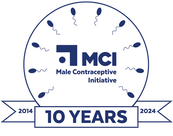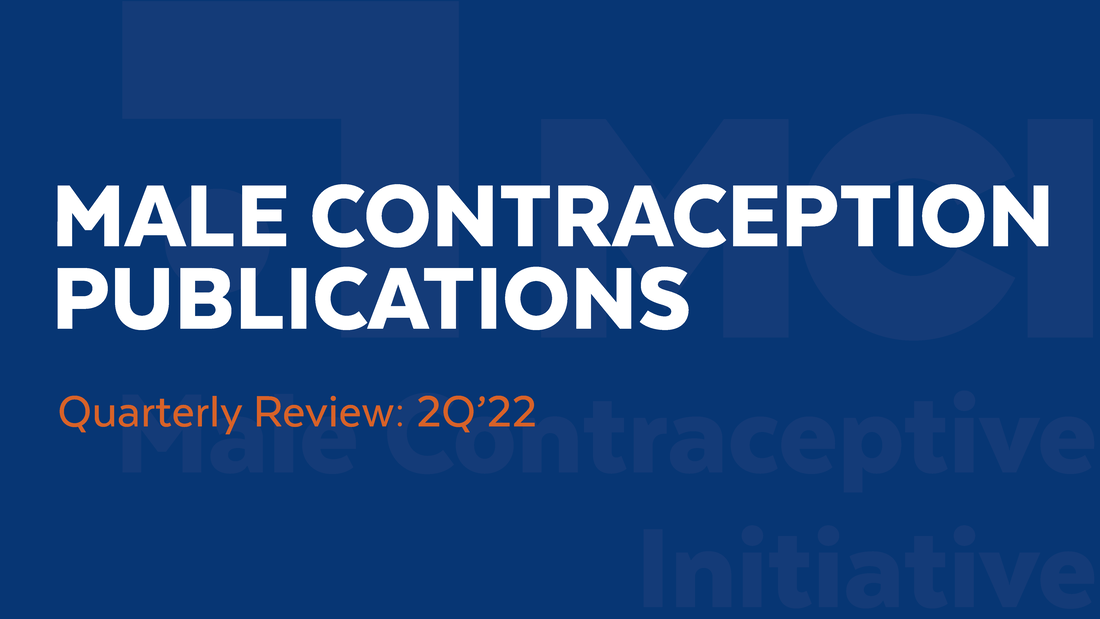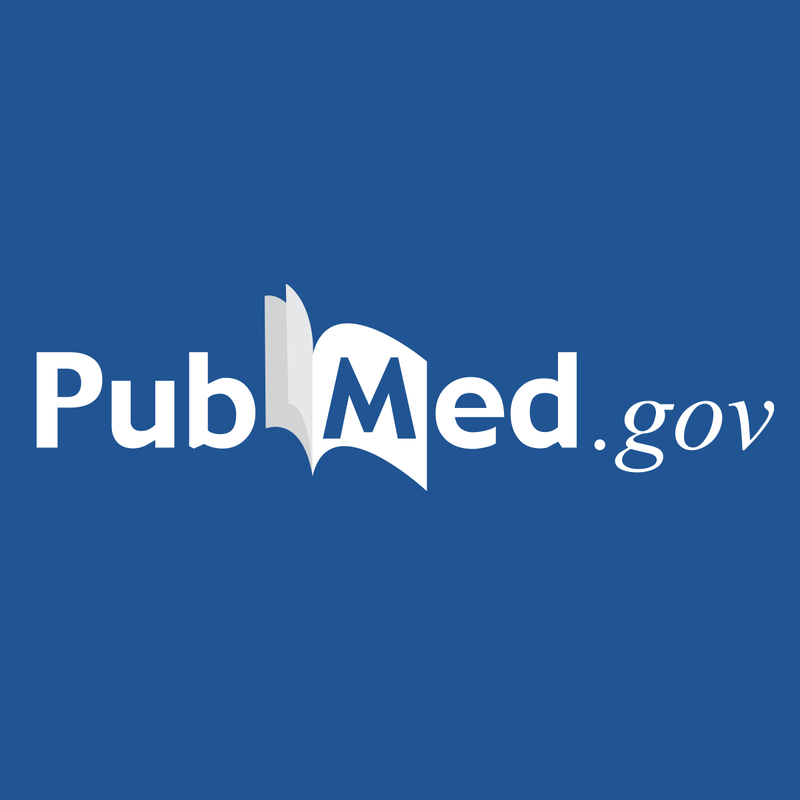|
This blog series highlights pertinent publications that were featured in MCI's monthly newsletter editions in the second quarter of 2022. The purpose of this blog is to report interesting or relevant work from MCI Fellows, Grantees, staff members, and other community authors in the field of male contraception. Published by the Indian Journal of Pharmacology, this study sought to evaluate reactive oxygen species and potential genotoxicity brought on by the administration and reversal of the vas-occlusive hydrogel contraceptive RISUG. RISUG is administered by injecting a polymer into the vas deferens that blocks the passage of sperm during ejaculation. Researchers at the University of Rajasthan examined the reversal procedure among different groups of male rats that had been administered RISUG for 90 days up to 360 days. Biochemical markers in reproductive tissue were examined after the reversal procedure was completed. Researchers concluded that administration and reversal of RISUG was not associated with genotoxic effects. These results indicate that RISUG, which is nearing approval in India, could serve as a viable and safe contraceptive option for sperm producers in the future. MCI Grantee, Dr. Zhibing Zhang, and Fellow, Candice Yap coauthored this paper that demonstrates that MEIG1 is a key protein in determining the manchette localization of sperm components and further describes its essential role in sperm flagella formation. The manchette is a structure present in elongating spermatids and is responsible for transporting cargo proteins to build sperm flagella. Intramanchette transport (IMT) and intraflagellar transport (IFT) are two cargo transport systems that also take place in elongating spermatids and are important for spermatogenesis. Researchers hypothesized that MEIG1, IMT, and IFT are part of the same complex and that each protein is necessary for normal sperm development. By using coimmunoprecipitation assays, researchers were able to determine how the presence of MEIG1 affected the localization of IFT in male germ cells. This publication was co-authored by MCI Grantee, Jean-Ju Chung, and MCI Fellow, Jae Yeon Hwang and provides unique insight into how the essential sperm ion channel CatSper regulates sperm motility. Researchers used cryo-electron tomography to visualize the physiological structures of the CatSper channel complex in mice and humans. They were able to observe how the CatSper units form long zigzag rows along the sperm flagella and additional structural differences between the mice and human models. Researchers were also able to determine how the absence of specific cytoplasmic proteins alters the architecture and disrupts interactions of the CatSper channels. This disruption can lead to a misalignment of structural components that obstruct flagellar movement. The implications of these results could serve as the foundation for developing safe and effective sperm-targeting contraceptives. Are there any interesting publications about non-hormonal, reversible male contraception that you'd like to see featured? Please reach out to us and share your thoughts!
0 Comments
Your comment will be posted after it is approved.
Leave a Reply. |
Categories
All
Archives
June 2024
|
|
|
Donate to Male Contraceptive InitiativeYour generous donation makes a difference!
|
© Male Contraceptive Initiative. All rights reserved.





 RSS Feed
RSS Feed
